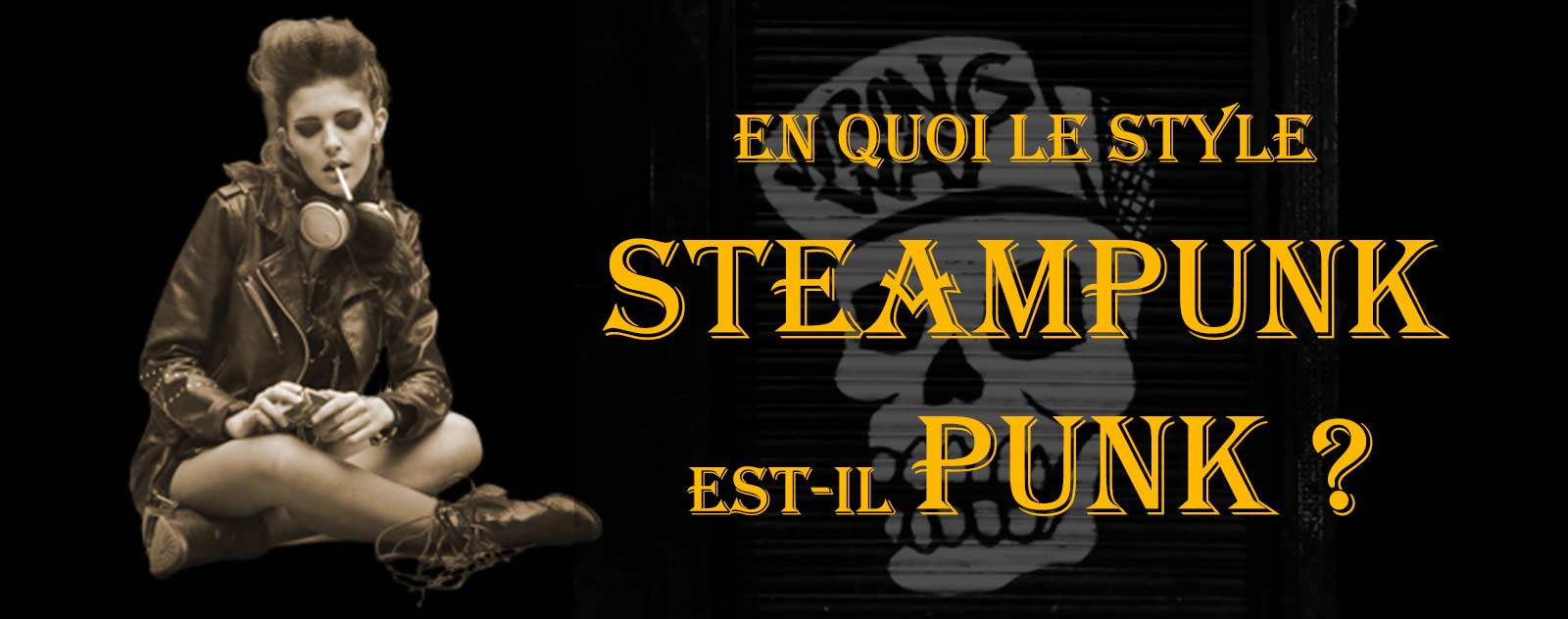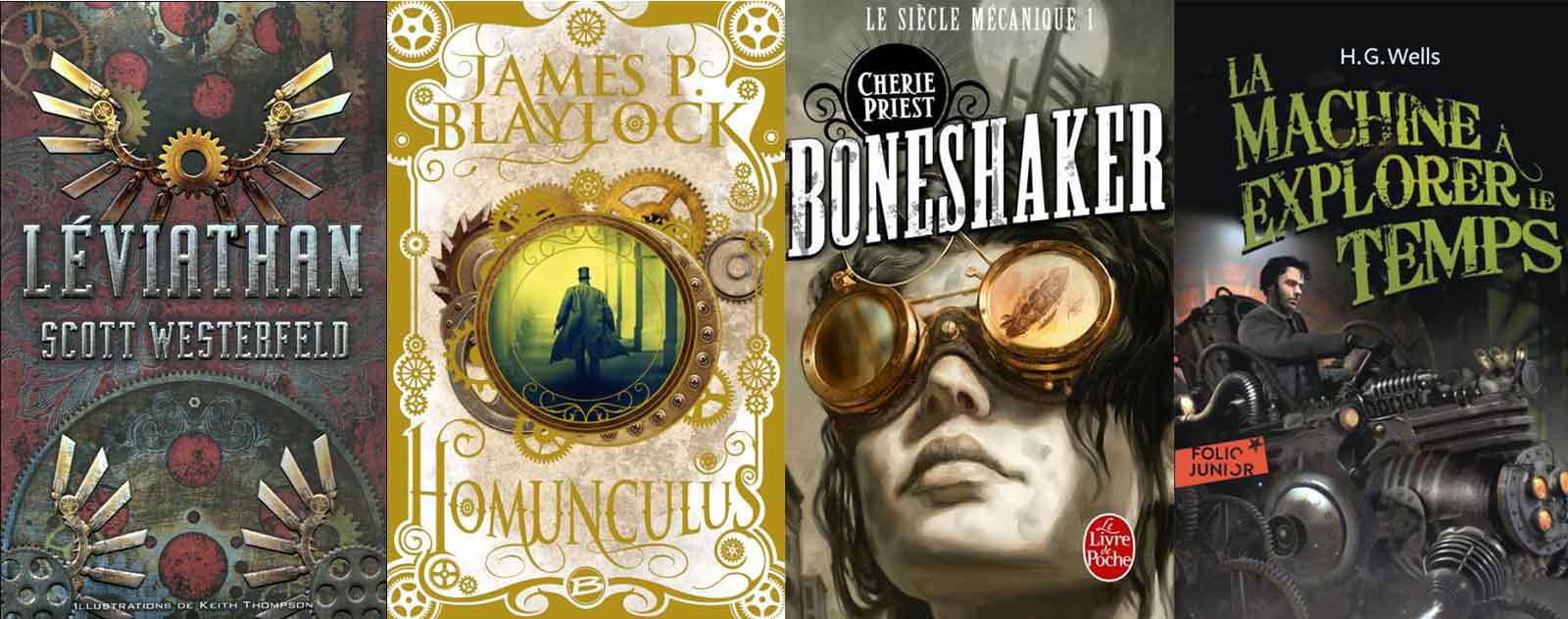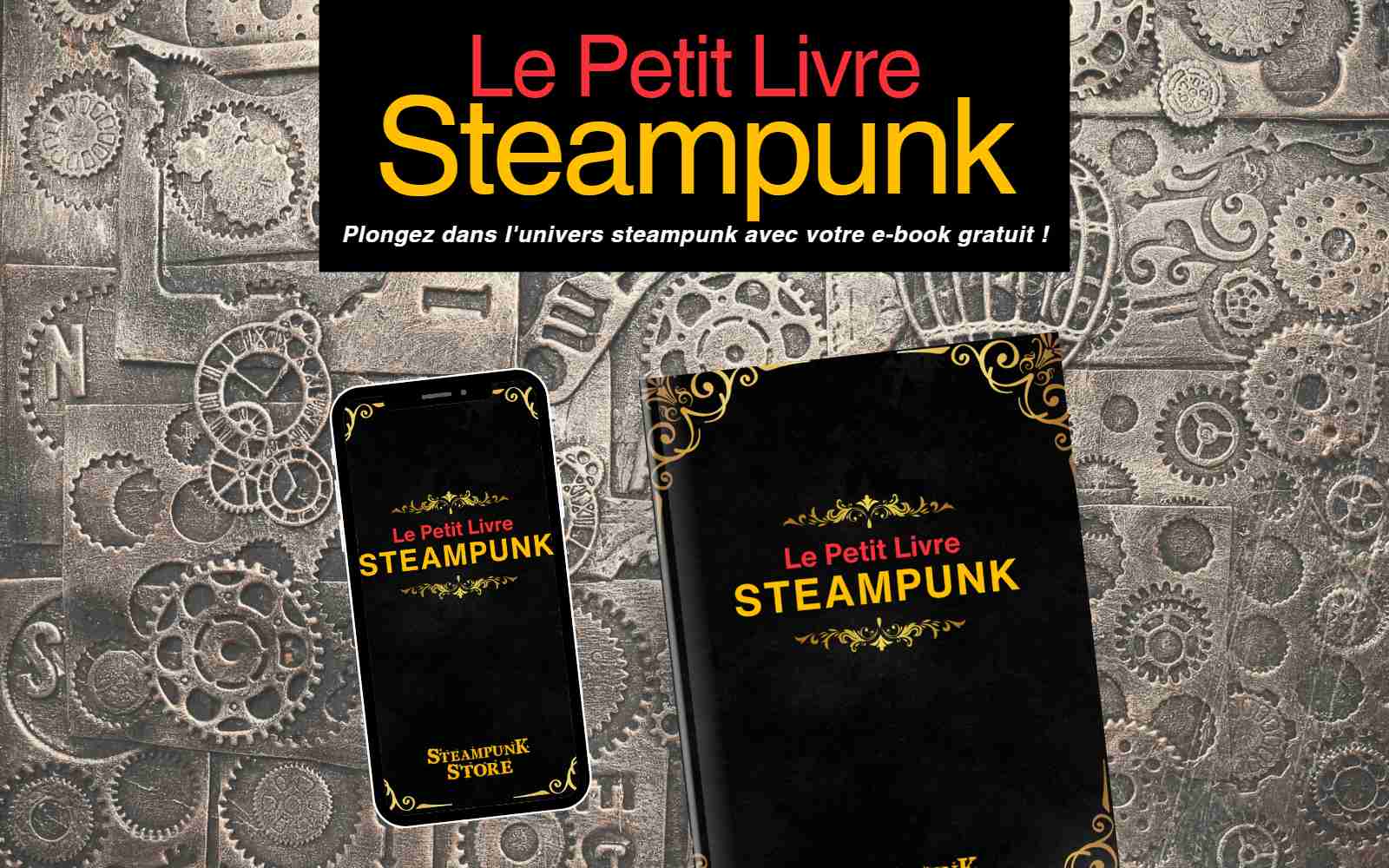
There are several theories about the punk nature of steampunk culture. Is it called punk because of its close association with the cyberpunk genre? Or is it designated as punk due to the DIY mentality of people associated with this style? To answer these questions, it's crucial to first understand the history of this style and how it's been adopted by other alternative communities and art forms.
Key Points
- Historical Connection: Both punk and steampunk emerged as counterculture movements challenging social norms
- DIY Ethos: Both communities embrace the "do-it-yourself" philosophy and independent creation
- Social Rebellion: Steampunk challenges Victorian-era social constraints, similar to punk's rejection of mainstream culture
- Aesthetic Innovation: Both styles transform everyday objects into artistic statements of rebellion
- Literary Origins: The "punk" suffix connects steampunk to science fiction's cyberpunk tradition
The Punk Style Stems from the Contemporary Punk Movement
History of Punk Style and Its Subversive Codes
Punk began as a counterculture movement in the mid-1970s in New York City and London, with the United Kingdom being the original birthplace of the movement. Punk rock musicians created their own styles of music and incorporated a rebellious attitude into their daily lives. The punk style quickly became a way for young people to express themselves against mainstream society and social norms.
Punk gained popularity and was used as a generic musical label to describe anarchic and irreverent bands such as the Sex Pistols, the Clash, and many others. Most punk bands rejected the mainstream elements associated with 1970s rock and created short, fast music. The songs contained harsh chants and lyrics that usually contained political and protest themes. Most bands produced their own recordings and distributed them independently through indie labels.
Definition of Punk Aesthetic
The punk aesthetic represents more than just a fashion statement—it's a complete rejection of conventional beauty standards and social expectations. Characterized by deliberately provocative elements like torn clothing, safety pins, studs, and unconventional hairstyles, punk fashion serves as a visual manifesto of rebellion against authority, commercialism, and conformity.
The Punk Movement Today
The "no future" rallying cry, the emblematic expression of the Sex Pistols, has never been more relevant. The punk movement has evolved over the years and continues to inspire each generation of young people seeking to rebel against social norms.
Despite being born over 40 years ago, original punk has continued to evolve to include many different subgenres, such as punk rock, ska punk, street punk, and many others. Punk remains a symbol of rebellion and non-conformity, and will continue to inspire future generations.
Punk Style, Punk Fashion - The Codes of NO FUTURE!
The punk style is more than a fashion statement, more than a trend or music—it's a way of life and an ideology. Punks dress provocatively to send a message of rebellion. Punk clothing is often associated with colors like black, studs, chains, leather jackets, and printed t-shirts. Punk shoes are also highly recognizable, featuring leather boots and Doc Martens. The punk style is often associated with a casual and neglected look. This gave rise to the DIY philosophy associated with this genre. Punk became famous worldwide and transformed into a cultural phenomenon.
The Creation of Punk Fashion and Its Dress Code
We can say that Vivienne Westwood is the flagship creator of punk style and its dress codes. She managed to capture the very essence of punk rebellion in her clothing and unified its dress code. Westwood's clothes were provocative, colorful, and incorporated elements such as:
- Studs, safety pins, and patches, often on her leather jackets and accessories
- Printed t-shirts with street-art aesthetics
- Iconic punk shoes such as "Pirate Boots" and "Rocking Horse Shoes"
- Corsets, essential to feminine punk style, adorned with provocative motifs such as skulls or serpents
She succeeded in creating a punk fashion, a dress code that became emblematic of the movement. Of course, other designers have also borrowed punk elements in their collections. Jean Paul Gaultier is one of these creators. He adopted punk style codes with kilts or denim to create fashion clothing that was both provocative and elegant. But it's important to remember that these designers weren't the pioneers of punk style. Their appropriation of punk fashion was simply a way to capitalize on the movement's popularity.

Punk Style and Science Fiction Literature
The term "punk" was first used in science fiction literature by Bruce Bethke, who published a short story titled "Cyberpunk." Later, William Gibson provided the definitive elements of this genre in his work titled "Neuromancer."
In this case, punk functioned as a style of fiction combining elements such as subversive and pessimistic punk attitudes with cyberspace, cybernetics, and other futuristic technologies. The recurring theme of cyberpunk typically involves visualizing a societal collapse, leading to social disparities and attempts to overthrow existing authorities.
Looking Back at the Origins of Other Punk Styles
The cyberpunk genre is a vision of punk style projected into a dystopian future. It has often been considered the inspiring force behind many other genres in the science fiction sphere. The most common are biopunk, nanopunk, and, of course, steampunk style. The term was first used by K.W. Jeter in the late 1980s. K.W. Jeter was, at the time, a well-known author in the science fiction community and was known for his cyberpunk works such as Dr. Adder, The Glass Hammer, and many others.

Even though the word was borrowed from its famous counterpart, cyberpunk, steampunk literature dates back to the 1870s and 1890s, with the works of Jules Verne and H.G. Wells. These early science fiction novels were considered the precursors to the aesthetic associated with this genre that we know today.

Steampunk Style is Not Just Fashion but an Entire Universe
Steampunk is a highly visual form of fiction that's particularly appealing, often set around technologies modernized during the industrial era through steam power. Going beyond its visual appeal, it's the dystopian vision of science, technology, and the world that makes it successful, criticizing our way of living and consuming, just like punk style. It's one of those rare science fiction subgenres that has appeared in other artistic subcultures like music, fashion, craftsmanship, and even video games.

So, Is There Punk in the Steampunk Style?
Now that we've clarified what punk fashion and style were, we can try to identify the intersection point between punk and steampunk. Punks generally identify social disparities and are against social norms. Steampunks are similar in that they recognize the social disparities of the Victorian era and attempt to reject the social norms of that time. For example, both men and women dress up as explorers, pirates, air marshals, scientists, vigilantes, etc. This wasn't the case in the Victorian era when women were typically housewives.

Many steampunk fans also create their own steampunk personas that they use to escape from their daily lives. These people don't just create original characters but also have different personality traits when they dress them up. Another point that brings them closer to punk style—they use their love for steampunk culture as a way to break free from existing social norms and explore the world from a new angle.
Beyond that, steampunks are also known for their aptitude for tinkering and creating unique models, sculptures, artworks, etc. They have an inveterate tinkerer's attitude toward existing technologies, and their designs range from creating new inventions to redesigning existing technologies to fit the steampunk aesthetic.
The DIY Connection: Makers and Rebels
The most striking similarity between punk and steampunk lies in their shared DIY ethic. Just as punks created their own music, fashion, and art outside mainstream commercial channels, steampunks engage in extensive crafting, modifying, and creating. This maker mentality represents a rejection of mass-produced consumer culture—a fundamentally punk attitude applied to Victorian-inspired aesthetics.
Steampunk enthusiasts transform everyday objects into mechanical marvels, much like how punks transformed safety pins into fashion statements. Both movements celebrate the idea that anyone can be a creator, that you don't need corporate approval or mainstream acceptance to make something beautiful and meaningful.
Social Commentary Through Aesthetic Choice
Both punk and steampunk use aesthetic choices to make social commentary. Punk's aggressive, confrontational style directly challenged 1970s social norms, while steampunk's reimagining of Victorian society allows for a more subtle but equally pointed critique of both past and present social structures. By depicting women as inventors, adventurers, and leaders in a pseudo-Victorian setting, steampunk challenges historical gender roles while simultaneously questioning contemporary limitations.
The Punk DNA in Steampunk
While steampunk may lack the raw, confrontational edge of 1970s punk, it inherits punk's core DNA: the rejection of mainstream conformity, the celebration of individual creativity, and the use of aesthetic expression as a form of social rebellion. The brass gears and Victorian elegance are simply different tools for expressing the same fundamental human desire for authenticity and self-determination.
Conclusion: The Mechanical Heart of Rebellion
In conclusion, I could affirm that even though steampunk doesn't have the brutal and confrontational aesthetic of 1970s punk style, it captures its essence through its contempt for social norms and its passionate tinkerer's attitude. The "punk" in steampunk isn't just a linguistic borrowing—it represents a genuine continuation of punk's rebellious spirit, adapted for a different time and expressed through different means.
The steampunk movement proves that rebellion doesn't always need to be loud and aggressive. Sometimes the most effective form of resistance is to imagine a world where things could have been different, where individuals had more agency, where technology served human creativity rather than corporate profits. In this sense, steampunk is perhaps the most optimistic form of punk—one that believes the future can still be changed by individual action and imagination.
Thank you for reading, and see you soon for another article on the retro-futuristic universe! Explore our complete collection of steampunk accessories and steampunk clothing to express your own mechanical rebellion.
Sources and References
- Hebdige, Dick. "Subculture: The Meaning of Style" (1979)
- Sterling, Bruce. "The Hacker Crackdown" (1992)
- Jeter, K.W. Various steampunk literature and interviews
- Documentation on punk movement history and cultural impact
- Analysis of DIY culture and maker movements
Eugénie Vaporette
Curator-consultant in steampunk aesthetics
Graduate in Victorian technology history









